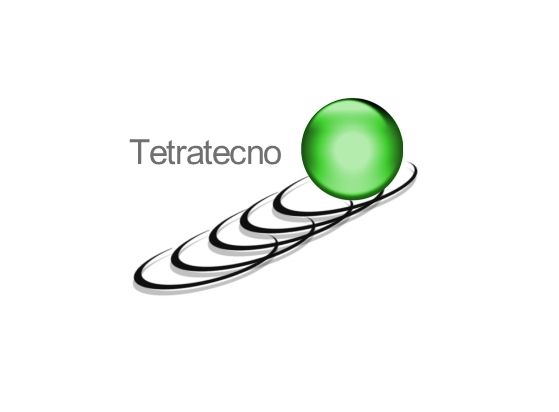POLYSTYRENE INSULATION...when the warm stays in the house
insulating layers
Description
The brick we put it with gluing onto a surface the polystyrene sheets, then special fixing we fix it.
Then glass fabric net put, which one steadily with special adhesive glettelünk, we smooth it, the wall obtains the definitive exterior colour, a brick cover then, you are other exterior plaster.
Therefore, in each case to achieve the desired heat-capacity rate shall be based on and compared to the existing wall (roof or floor) heat-insulating ability. If the test structure does not correspond to the desired extent, it should be insulated.
Nikecell all marketed products contain an insulating material, where the coefficient of thermal conductivity (λ is expressed in W / mK), and (R, Unit: m2K / W) thermal resistance. One of these values can be calculated from the structure of the proposed heat transfer coefficient (U, unit: W / m2K).
The Nikecell EPS (expanded polystyrene) insulation panels thermal conductivity (λ), an average of 0.04 W / mK.
The Nikecell insulating sheets and the various systems in accordance with Dryvit permeable. Appropriate under it should be understood that any structure Obstruction stands and preventions impossible due haze flow.
Practical tests have shown that the closed spaces of tempered haze generated more than 3-4% of the leaves on the walls, ceilings, floors, whereas the 96-97%, the ventilation, the exhaust, as well as through cracks in doors and windows canonly depart. If, therefore, perfectly airtight doors and windows, in either case, the wall structure with thermal insulation, heat insulation without either are not able to dissipate haze surplus trouble-free!
The Nikecell insulation products for non-combustible cortex (eg, embedded üveghálóDryvit adhesive itself, painted or plastered, etc) or housing (eg, drywall, CK disk, etc)behind the function does not pose a fire risk. The flame retardant additive due to theun. "dripping burning" phenomenon does not occur.



The following table shows the different thicknesses of the walls attached Dryvit Systems heat loss indicators:
|
Polystyrene thickness |
0 cm |
4 cm |
5 cm |
6 cm |
8 cm |
10 cm |
12 cm |
14 cm |
16cm |
|
Small 25cm thick brick |
2,05 |
0,67 |
0,58 |
0,5 |
0,39 |
0,32 |
0,27 |
0,24 |
0,21 |
|
Small 38cm thick brick |
1,53 |
0,6 |
0,53 |
0,46 |
0,36 |
0,3 |
0,26 |
0,23 |
0,21 |
|
B30s brick 30cm thick |
1,57 |
0,61 |
0,53 |
0,47 |
0,36 |
0,31 |
0,26 |
0,23 |
0,21 |
|
Porotherm 30 N + F 30cm thick |
0,59 |
0,37 |
0,34 |
0,31 |
0,26 |
0,23 |
0,21 |
0,19 |
0,17 |
|
Porotherm 44 N + F 44cm thick. |
0,5 |
0,33 |
0,31 |
0,29 |
0,24 |
0,22 |
0,19 |
0,18 |
0,16 |
|
30 Ytong 30cm thick |
0,41 |
0,29 |
0,27 |
0,25 |
0,22 |
0,2 |
0,18 |
0,16 |
0,15 |
|
Ytong 37.5 cm thick. |
0,32 |
0,24 |
0,23 |
0,22 |
0,19 |
0,17 |
0,16 |
0,15 |
0,14 |
The table indicates that overall heat transfer coefficient W / m 2
modern masonry: 0.3
passive house: 0.15


The figures are based on track to build traditional houses as wellas
70% to 90% heat savings can be achieved in a relativelysimple way!

